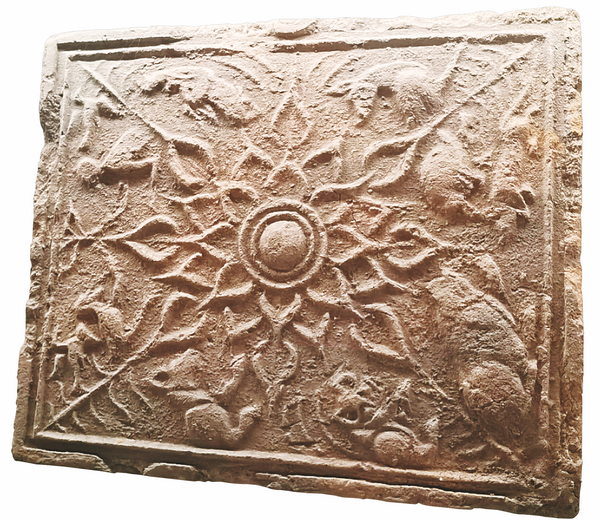

Recovered relics from cliff tombs include a 1.44-meter-high bronze money tree. On it are characters in ancient Chinese mythology, birds and coins for leaves.
It is believed to be the largest money tree with the most exquisite foundry work and the richest decoration unearthed from a Han Dynasty cliff tomb. When the tree was on display in Japan in 1986 it caused a sensation, Wu says.
Within walking distance from the cliff-tomb museum is the Minjiang River, a tributary of the Yangtze River. Across the river, on the delta at the confluence of the Minjiang and Fuhe rivers, construction of a museum with investment of 500 million yuan (nearly $79 million) or more started in late 2020.
The museum, due to be completed within three years, will house relics pertaining to Zhang Xianzhong (1606-47), leader of a farmers' uprising during the Ming Dynasty (1368-1644). The relics were sunk in the Minjiang River 376 years ago after Zhang's army was ambushed by Ming troops in 1646.
Zhang, a native of Shaanxi province, captured Chengdu, capital of what is today Sichuan province, and declared himself emperor in 1644. Two years later he deserted the city and planned to move to neighboring Hubei province.
His troops were ambushed on the Jiangkou section of the Minjiang River by Yang Zhan, a Ming general, who set Zhang's boats on fire. About 1,000 boats sank with the wealth he had looted from governments and commoners.